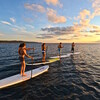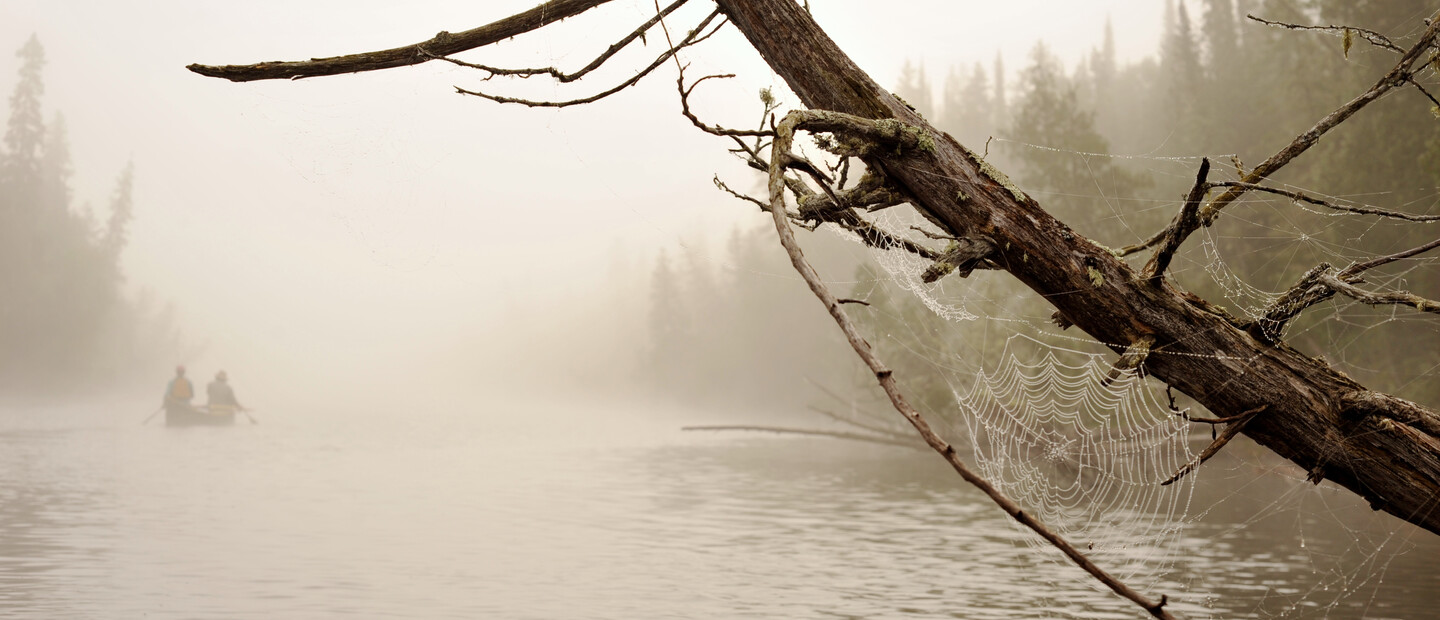
6 Most Haunted Paddling Routes in Ontario
When it comes to otherworldly paddling routes, Ontario is home to both the superlative and the supernatural. Throughout the long maritime history of the Great Lakes, shipwrecks, tragic losses and sightings of phantom vessels were frightenly frequent. Is it any wonder these are some of the most haunted waters in the country?
Many Ontario kayak and canoe routes offer exceptional scenery, superb camping and a sense of the province’s rich heritage, but the areas listed here are known for putting paddlers in touch with a darker past. From a real-life park murder mystery to an insatiable ghoul with a taste for human flesh, these routes are guaranteed to send a shiver down your spine.
Hauntingly beautiful and unquestionably spooky, these are some of the most haunted paddling routes to explore in Ontario. Just don’t say I didn’t warn you.
Talbot Island, Lake Superior
Paddling beneath the soaring sea cliffs of Talbot Island, I have an eerie sense of the powerful forces that shaped this dramatic outpost—and of the hardships faced by those who once lived here. Talbot Island is remote even by the standards of Lake Superior’s vast and largely unpopulated north shore. An isolated sliver of precipitous rock and stunted forest, it stands between Superior’s mercurial waves and the shoal-filled, often foggy waters of the St. Ignace archipelago.
The Ojibway considered the island sacred, but Talbot’s far-flung location made it an irresistable choice for the construction of Canada’s first Lake Superior lighthouse in 1867. It also spelled disaster for the lightkeepers tasked with operating the light. In just six years of operation, all three of its keepers died on the job—the first and third perished attempting to reach mainland after closing the light for the season, the second met an even grislier fate.
Thomas Lamphier sensibly decided to avoid the hazardous, early winter boat voyage by overwintering at the lightstation with his wife. Not long after freeze-up, Thomas died suddenly. With the ground frozen, his wife wrapped the body in canvas and stashed it in a rock crevice behind the lighthouse. When the government supply ship arrived in spring, the crew hardly recognized Mrs. Lamphier. Her raven-black hair had turned snow-white from the desperation and grief of that desolate winter. After the third keeper’s death, the “Lighthouse of Doom” was abandoned, its wooden tower left to decay in the swirling mists of the north shore. To this day, there are those who say that a woman with long white hair can sometimes be seen wandering the rocky shore.
I’ve always been intrigued by the harrowing true tales of Lake Superior’s early lightkeepers, and the 140-kilometre kayak journey from Silver Islet to Rossport through the Lake Superior National Marine Conservation Area offers an unrivaled window into their stories. The route boasts three historic lightstations where you can camp on the grounds—and keep watch for spectres.
- A guided kayak trip is the best way to experience this remote and logistically challenging area. Choose from Naturally Superior Adventures’ all-inclusive 10-day trip or an all-inclusive eight-day trip with Such A Nice Day Adventures.
- Stay in the rustic lighthouse keeper’s residence at Porphyry Island Lighthouse and climb the tower, if you dare.
- Stop at the historic Silver Islet General Store. Built in 1871, the rambling blue building reportedly hosts its own collection of creepy apparitions—and serves up delicious cinnamon buns.
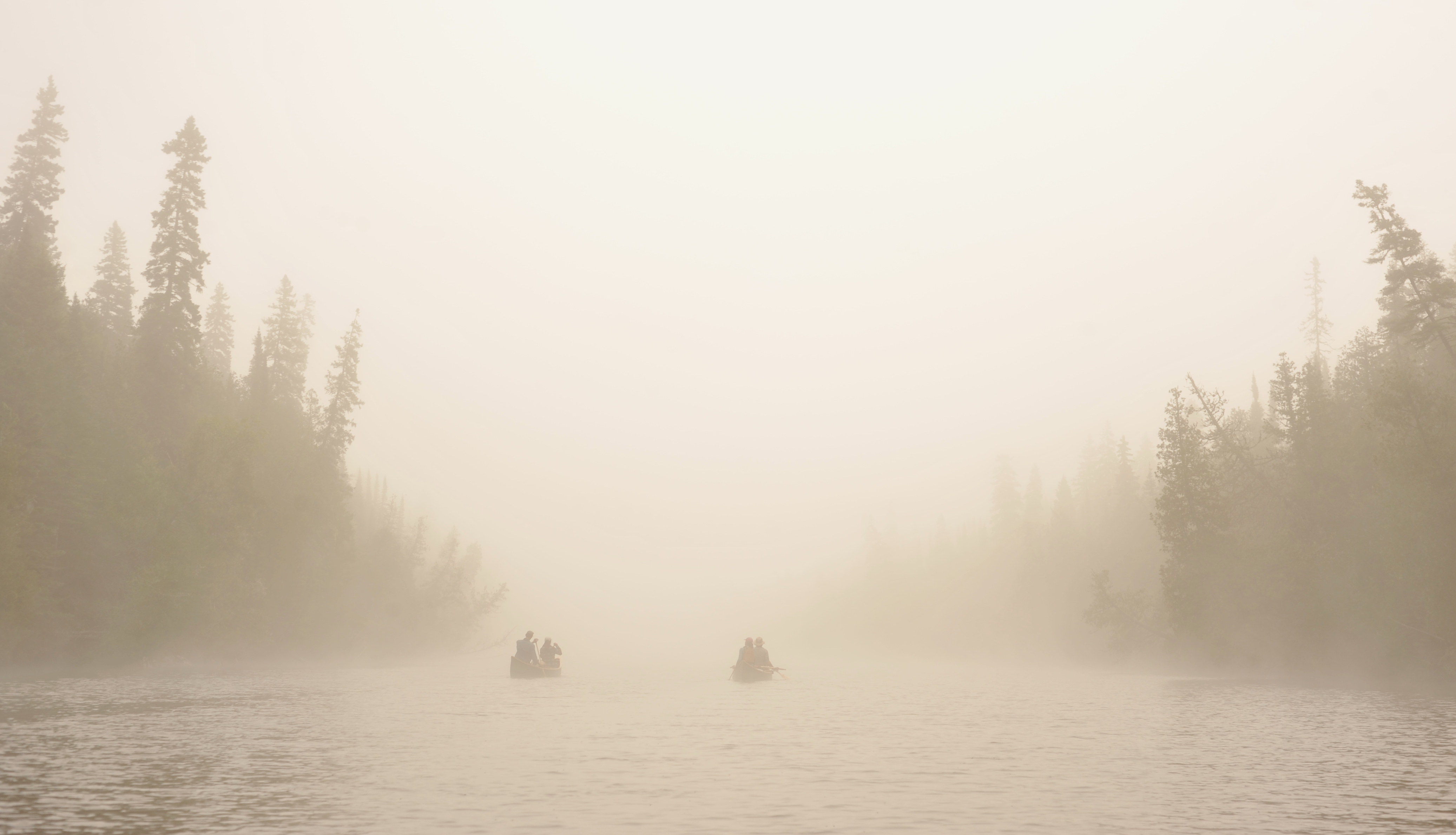
Canoe Lake, Algonquin Park
The cultural heart of Algonquin Park since its inception in 1893, Canoe Lake is also at the centre of the park’s most enduring and haunting mystery. In 1917, celebrated landscape artist and Algonquin Park guide, Tom Thomson, died under mysterious circumstances while paddling on Canoe Lake. On that warm July day, Thomson’s empty canoe was spotted floating near the dock he had departed from just hours earlier. More than a week later, his body surfaced in the lake. Although Thomson’s death was officially listed as an accidental drowning, other reports described fishing line wrapped tightly around his ankle and a bruise to the temple, suggesting a more sinister demise.
Equally shrouded in mystery is Thomson’s burial at Canoe Lake. What’s known is that he was originally interred beside his beloved lake, then possibly exhumed—at midnight, no less—at the request of his family. After that, things get even murkier. Many believe Thomson’s body was never moved at all, and his fianceé Winnie Trainor continued to tend the Canoe Lake gravesite until her death in 1962 at the age of 82.
My favourite Canoe Lake route is a three-day loop through Teepee, Littledoe, Tom Thomson and Burnt Island lakes that returns via the Joe Lakes to your starting point at Canoe Lake access point (#5). Scenic campsites and not-too-long portages make this route ideal for beginners. Be sure to time your paddle on Canoe Lake in the early morning—an ethereal figure in a distinctive grey canoe is said to appear on misty mornings.
- The Portage Store offers canoe and equipment rentals from their docks on Canoe Lake.
- Be sure to reserve campsites well in advance of your backcountry Algonquin Park canoe trip.
- Visit the Algonquin Art Centre gallery on Highway 60 to see the works of contemporary Algonquin Park artists.
- Read more about the chilling mystery of Tom Thomson’s death here.
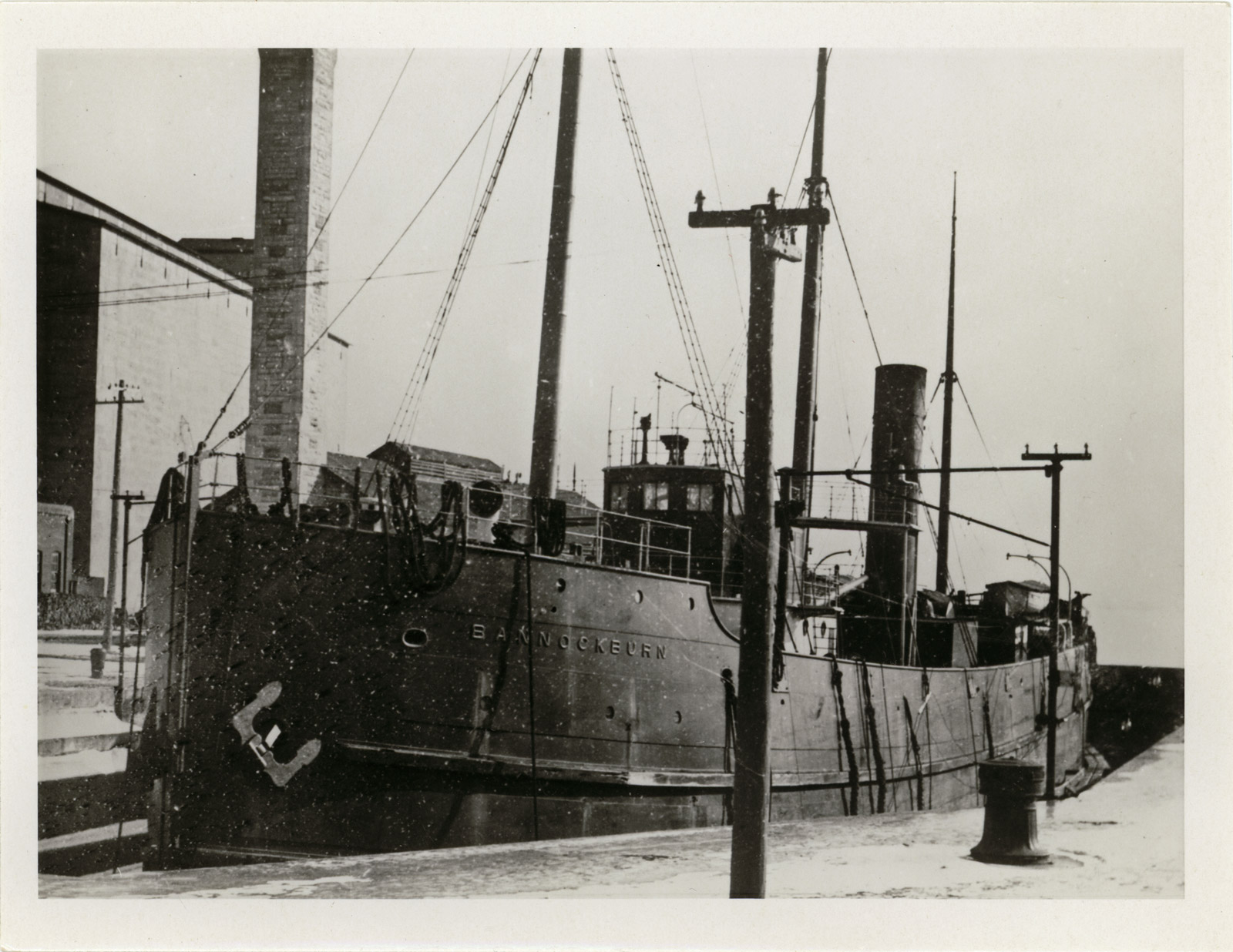
Welcome Islands, Thunder Bay
Thunder Bay is no stranger to the spooky and unexplained. Perhaps it’s the city and region’s long and vivid history, or its proximity to mighty Lake Superior and the vast wilds of northern Ontario. Whatever the reason, from a haunted hotel and campground to spirits in the library, spectre ships and UFO sightings, Thunder Bay even has its own team of paranormal investigators.
Many of the creepy accounts and sightings centre on ill-fated ships that left port and vanished. Take the SS Bannockburn, a 75-metre steel-hulled freighter that departed Fort William in late November 1902. After running aground on its way to open water, the Bannockburn appeared undamaged and resumed its journey the following day. That night, a violent storm swept Lake Superior. When the ship failed to reach its destination after 10 days, it was given up as lost. But in the decades since its disappearance, crews of other ships have reported seeing the Bannockburn, still plying the lakes. The phantom ship is even attributed with saving one lucky vessel from colliding with a deadly shoal.
Located just off the shores of Thunder Bay, the Welcome Islands have long provided refuge for mariners. According to Ojibway legend, this trio of small, rugged islands is three sisters turned to stone and cast into the lake as punishment for a wicked deed. Experienced sea kayakers can venture across 5 km of open water to reach the islands on a day trip from Thunder Bay’s Mission Island Marsh Conservation Area.
- If you’re feeling brave, reserve a site at Trowbridge Falls Campground, where reports of spooks and spirits include a woman in white and a shapeshifting dogman.
- Book a room at the historic—and many say haunted—Prince Arthur Waterfront Hotel.
- For kayak rentals in Thunder Bay, check out Wilderness Supply.
- The historic Alexander Henry icebreaker hosts a creepy Haunted Harbour tour from late September to mid-October.
- Learn more about the hauntings and supernatural encounters of Thunder Bay here.
Woodland Caribou Provincial Park
Imagine a sprawling wilderness of remote waterways and untouched boreal woods in Northwestern Ontario with nearly 2,000 km (1,200 miles) of canoe routes and fewer than 1,000 backcountry visitors per season. Woodland Caribou Provincial Park is a vital refuge for the park’s namesake ruminant, but the region is also known for a creature of a much different nature: Windigo.
A terrifying spirit central to the Algonquin belief system, Windigo is said to possess individuals, causing them to lust after human flesh. For the Ojibway, Windigo represented both the horror of starvation and the spectre of greed. While stories of Windigo are widespread, many tales of this giant skeletal being with sunken eyes and tattered flesh are associated with Northwestern Ontario. In 1907, at a settlement just north of Woodland Caribou gateway Red Lake, police arrested brothers Jack and Joseph Fiddler for the murder of Wahsakapeequay, Joseph’s daughter-in-law, who they said had turned into a Windigo. Jack, who later committed suicide, admitted to killing 14 such Windigos during his life. Joseph died in jail two years later.
Those intent on planning the canoe trip-of-a-lifetime in Woodland Caribou Provincial Park should be experienced, self-sufficient wilderness paddlers. Ensure you’re well supplied before venturing into this mythical and challenging country.
- Book a fly-in canoe trip with Sunset Canoe Outfitting or Goldseekers Canoe Outfitting for quick access to the park’s immense backcountry.
- For a thrilling whitewater adventure, book a two-week guided trip on the renowned Bloodvein River with MHO Adventures, Blackfeather or Goldseekers Canoe Outfitting.
- Less experienced canoe trippers can arrange a guided lake-to-lake exploration of the park with Red Lake’s Goldseekers Canoe Outfitting.
- Learn more about planning your own wilderness canoe trip in Woodland Caribou Provincial Park here.
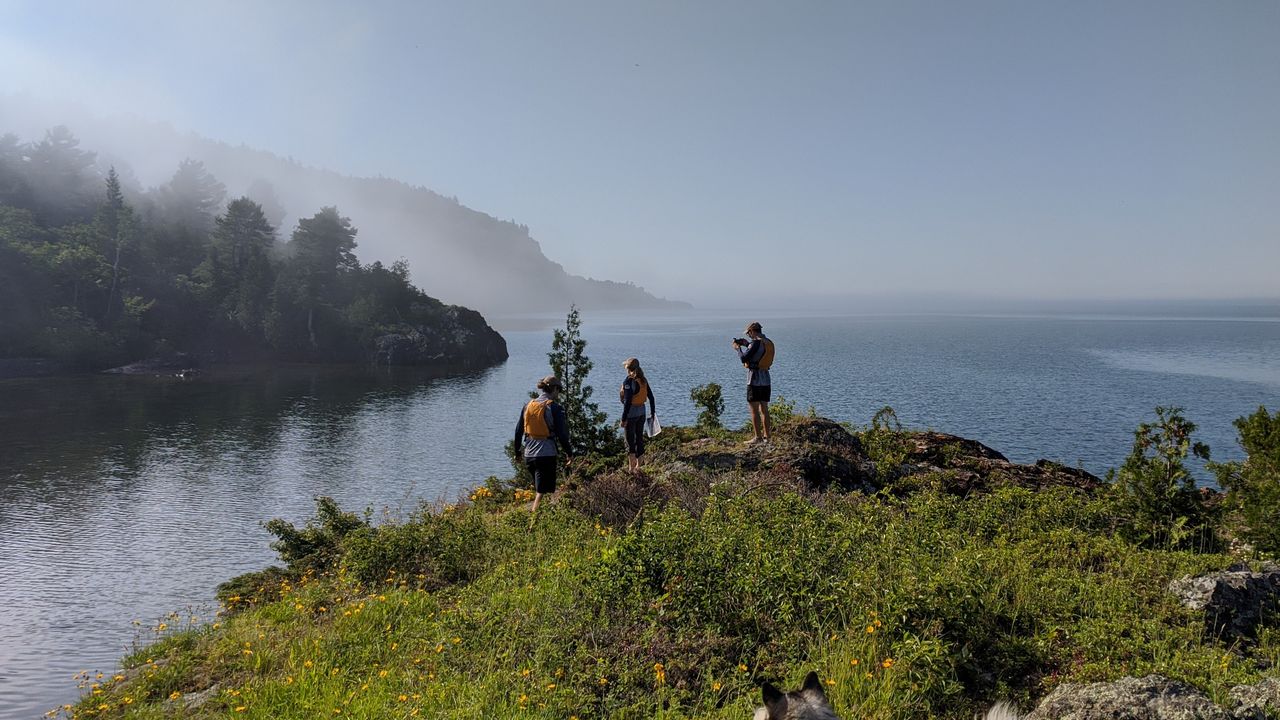
Whitefish Bay
When the wind is calm and sunlit waters sparkle an inviting green-blue, Whitefish Bay is an enticing gateway to the rugged vastness of Lake Superior. But as the bay opens up and the shore grows more distant, the waves can take on a sinister blue-black that hints at the twisted freighters and splintered schooners that lay in the deep. Littered with wrecks, Whitefish Bay is known as the graveyard of the Great Lakes.
In the early 20th century, fatal collisions were a not uncommon result of the bay’s dense early summer fog. Even more treacherous are Superior’s notorious autumn gales. Fierce winds and waves gather momentum across the open expanse of the lake and are forced into the bay’s confines. On November 9,1975, one such gale infamously claimed the lives of all 29 crew aboard the Edmund Fitzgerald. Battling three-storey waves and winds topping 140 kph, the 218-metre ore freighter vanished from sight shortly after its experienced captain sent a haunting final transmission: “We are holding our own.”
The immense rocky headland of Gros Cap marks the entrance to Whitefish Bay, and is a prime day trip destination for seasoned paddlers. Accessible from the Lake Superior Water Trail kayak launch at Gros Cap Marina Park, just 20 minutes west of Sault Ste. Marie, the cape offers unsurpassed views—you might even glimpse one of the ghost ships said to haunt these waters.
- Book a guided paddling or hiking excursion with Thrive Tours, an Indigenous nature-based tourism operator, to experience Soo history from a different perspective.
- Learn about early Great Lakes shipping and explore century-old buildings and locks at the Sault Ste. Marie Canal National Historic Site, an engineering feat that enabled vessels to travel from the St. Lawrence Seaway to Lake Superior.
- Enjoy upscale dining in one of the Soo’s oldest buildings the Mill Steakhouse and Wine Bar, which is housed in the sandstone great hall of the former St. Marys Paper Company.
- Gear up and gather local knowledge at Great Lakes Outfitters.
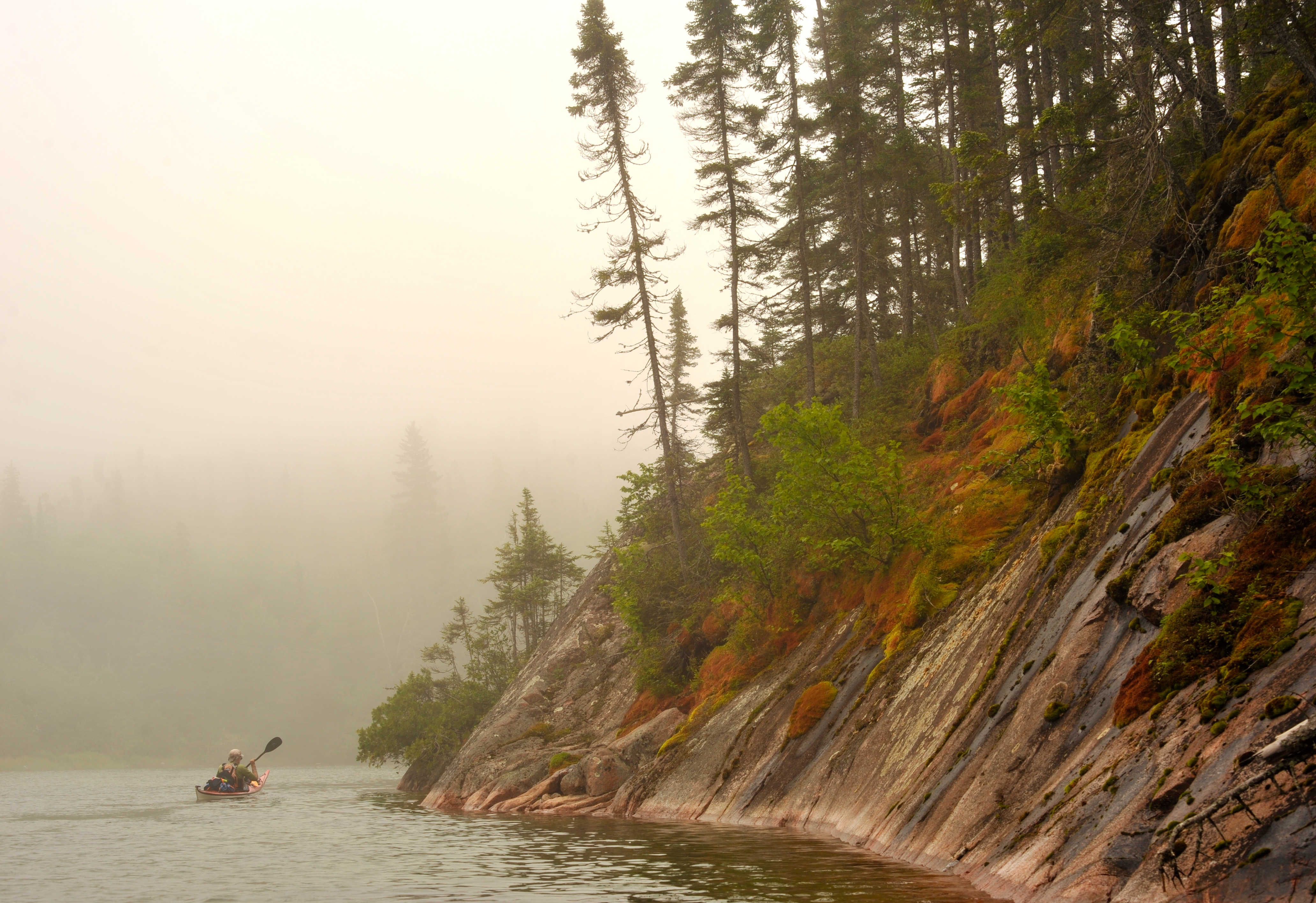
Otter Island, Pukaskwa National Park
In 1915, when the Canadian government announced it would no longer be providing a ship to transport lightkeepers to and from their lights at the beginning and close of navigation season, it was pitched as a simple cost-cutting measure. Few decisions in the long and perilous history of Great Lakes lightkeepers would prove so tragically misguided.
Each year the policy stood, Lake Superior lightkeepers fought for their lives rowing and sailing through icy storms aboard hopelessly inadequate open sailboats. Many were trapped on the merciless lake for days before reaching safety, others weren’t so lucky. Among them was Otter Island lightkeeper Robert McMenemy. Suffering from pneumonia, he landed his boat to warm himself by a fire… his frozen corpse was discovered later that winter, leaning against a tree. Eerily, this isn’t the only spine-chilling tale connected to Otter Island.
Floating three kilometres off the Pukaskwa mainland, midway along a 200-km-long stretch of wilderness coastline, Otter Island remains a haunting place. The atmosphere is made even spookier by the decrepit Victorian that still stands by the harbour. This was once the home of assistant keeper John Moore, who slipped on the lighthouse stairs, cracked his head and died here on a frigid November night in 1930. Main keeper Gilbert MacLachlan shared the lonely outpost with his colleague’s body for two weeks, until a Coast Guard vessel finally arrived to transport the men home.
The 10- to 12-day route down the Pukaskwa National Park coast to Michipicoten is one of my all-time favourite sea kayaking journeys, and each time I paddle it, I make a point of visiting this haunted isle.
- Book an all-inclusive, 10-day Pukaskwa Wilderness Coast guided kayak trip with Naturally Superior Adventures to experience this challenging coastline for yourself.
- Reserve a glamping stay in a cozy Parks Canada oTENTik tent cabin at Hattie Cove before or after your trip.
- Read more about the harrowing life of Lake Superior lightkeepers here.
Plan a Trip to Paddle One of These Haunted Routes
Whether you’re keen to spot a Great Lakes ghost ship or paddle wilderness routes others have sworn are haunted, the storied trips on this list will surely provide some eerie encounters. But don’t take my word for it—go explore these routes for yourself, if you dare.
Recommended Articles
The Spanish River

Killarney Canoe Trips
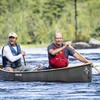
Quetico’s Best Canoe Routes
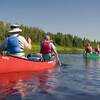
Missinaibi River Canoe Trip
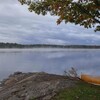
The Massasauga Provincial Park Guide
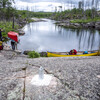
Guide to the Omimi & Quetico Trails
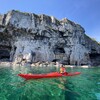
Ontario’s Blue-Water Lakes

Secret Cascades
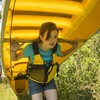
It's Time for a Paddle
Temagami’s Prettiest Lakes
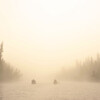
Escape the Crowds
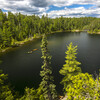
10 Best All-Inclusive Canoe Trips
7 photography tips
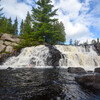
Paddling in Lady Evelyn Smoothwater
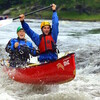
Learn or Improve Your Paddling Skills

The Greatest Lake's Greatest hits
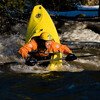
Best Ontario Paddling Photos
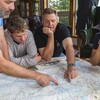
Best Canoe Maps in Ontario
Temagami Canoe Trip Routes


